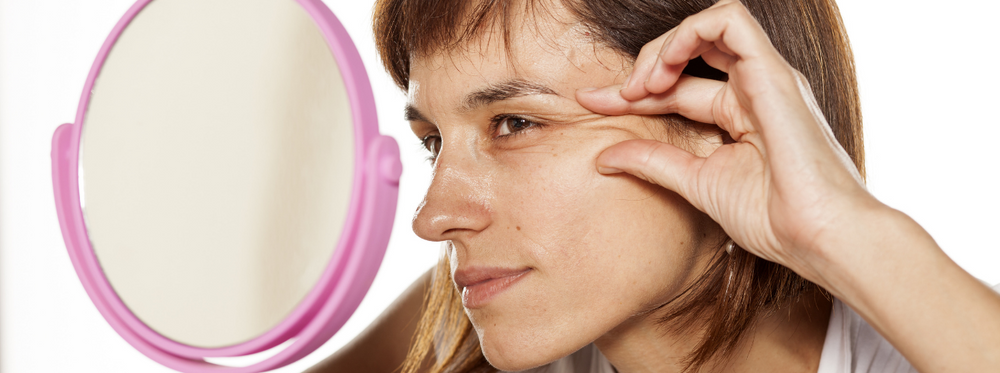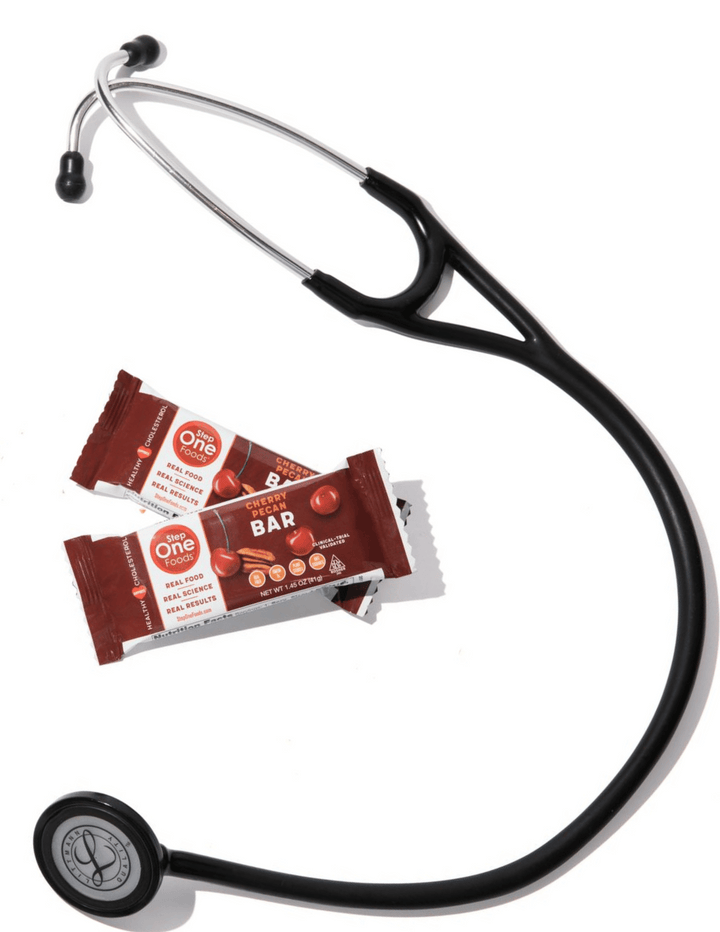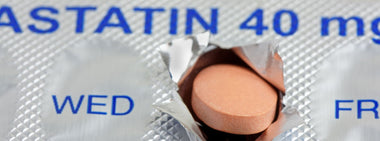Could you have heart disease? Just look in the mirror. (Part One)

Looking in the mirror is something that we do routinely. In fact, some studies suggest we may examine our reflection close to 40 times per day. Now, what if I told you that you could pick up clues about whether you might have heart disease just by looking at yourself? Yes, it’s true - the mirror can reveal health abnormalities that you shouldn’t ignore. Below is a list of common physical findings that could signify a problem with your ticker.
The correlation is certainly not perfect, so please DON'T panic if you have some of these findings. But DO make an appointment with your physician to see if you need any additional testing.
Clue #1: Hair loss on legs
Hair loss on legs can signal poor circulation due to artery blockages. And if you have artery blockages in the legs, then you almost certainly have them in your heart. People with hair loss due to poor circulation also typically complain of leg pain when walking as well as cold feet.

Clue #2: Xanthelasma (zan-the-LAHS-mah)
Xanthelasma are yellowish colored deposits under the skin that can be found in people with high cholesterol levels. The yellow deposits occur when the excess cholesterol tries to find a place to go and ends up under the skin. For unknown reasons, the skin around the eyes is especially vulnerable to these deposits. Typically, people with xanthelasma have had very high cholesterol levels for a long time. A common cause is familial hypercholesterolemia, a genetic condition in which LDL (bad) cholesterol levels run over 190 mg/dL.

Fun fact: Da Vinci’s Mona Lisa may be the first ever documented case of familial hypercholesterolemia. Take a look at the close up of her painting:

Clue #3: Tendinous Xanthomas (TEN-di-nus zan-THO-mus)
Just like excess cholesterol can accumulate under the skin, it can also accumulate within tendons. A common place where this occurs is the Achilles tendon, as well as tendons of the elbow and hand. Look for lumpy-bumpy areas that are firm.

Now, back to Mona Lisa – take a look at her hand. Can you see the lumps along on the tendon of her index finger? Those could very well be tendinous xanthomas.

Clue #4: Palmar Crease Xanthoma
Palmar crease xanthoma is another case in which excess cholesterol deposits accumulate somewhere besides our arteries. This time, they accumulate in the creases of the hand. Since excess cholesterol is a common risk for heart problems, if the creases in your palms are yellow, there’s a chance high cholesterol is also impacting your heart.

Clue #5: Earlobe Crease
A diagonal crease in the earlobe is called “Frank’s Sign”, named after Dr. Sanders T. Frank who first described the link between the earlobe crease and heart disease in 1973. Why the two are connected is not completely understood, but degeneration of the elastic tissue around the blood vessels that supply the earlobe is the cause of the crease. One theory is that this is a sign of general blood vessel degeneration and that includes the arteries of the heart. Several studies have shown that the earlobe crease does indeed correlate with earlier and more aggressive coronary disease, but others have pointed to the fact that ear lobe creases are more common in older individuals – who are statistically more likely to also display heart disease.

These are five out of nine common physical cues that can indicate a deeper health problem. Read part two, where we’ll reveal the last four clues.
At Step One, our goal is for you to never be affected by heart disease. That's why we're on a mission to make improving diet easy and super impactful. Because nutrition is what drives it all.
Learn more about physical signs of heart disease in part two of this blog series.

Tested & Proven Results.
- Cardiologist formulated
- Supported by over 500 publications
- Clinically-proven, in a double-blind randomized trial with Mayo Clinic and The University of Manitoba
80% of participants lowered their cholesterol in just 30 days. With just two servings per day, Step One Foods offers a proven-effective way to naturally lower LDL (bad) cholesterol.
Get heart health tips and articles like this, delivered right to your email.
New articles every week.
You may also like...

How the Mediterranean Diet Protects Your Brain as You Age

You don’t need to avoid foods with cholesterol…except for these



